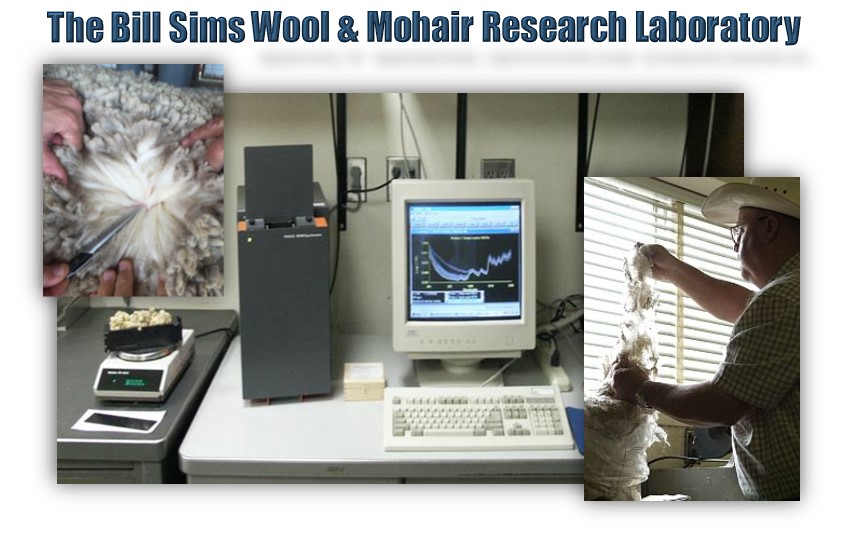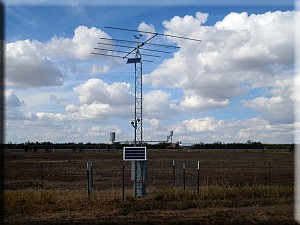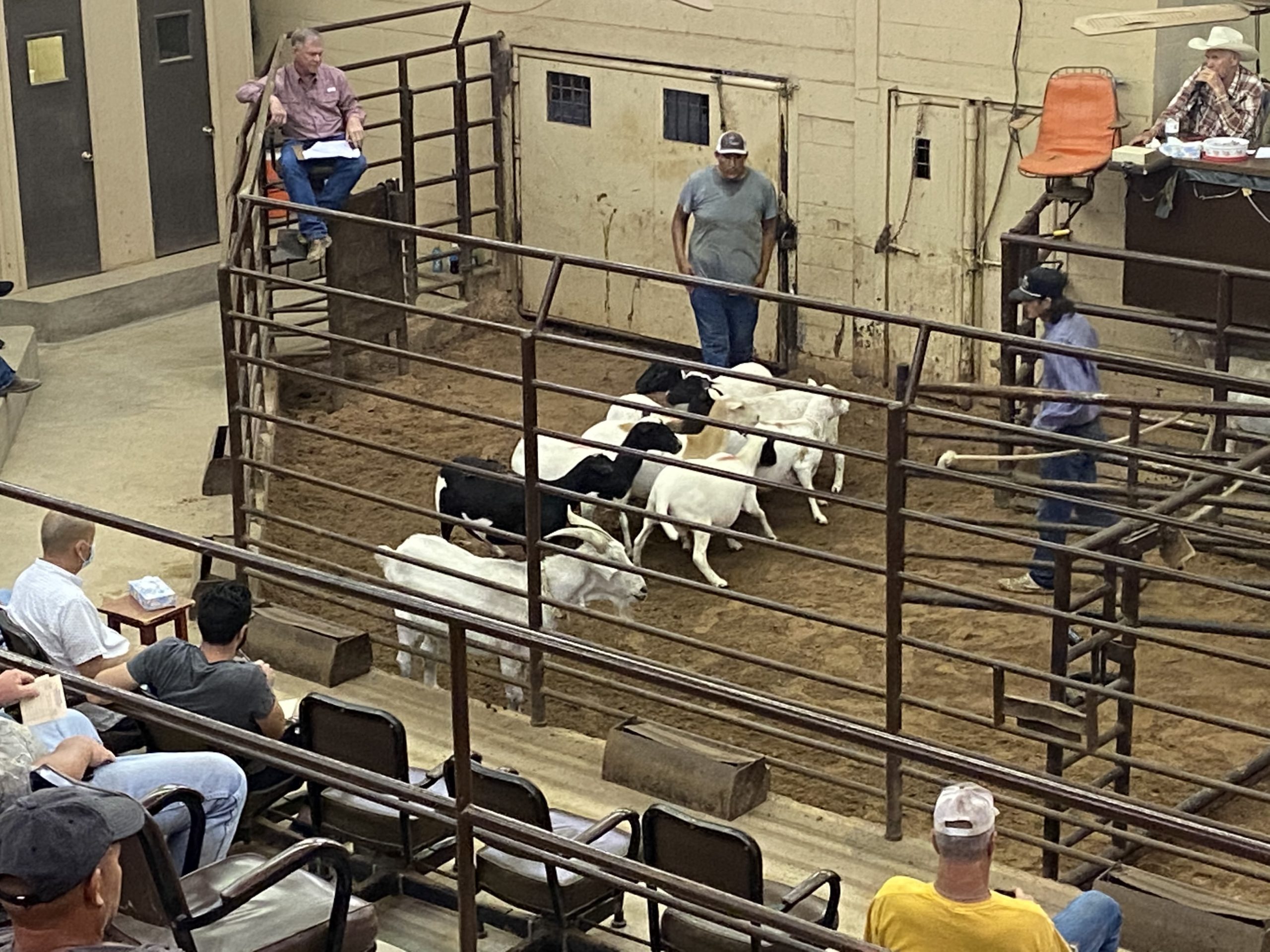San Angelo became this Center’s permanent home thanks to the influence and perseverance of the city’s citizens, producers involved in the sheep and goat industry, and the Texas legislature.
Its mission, though expanded, remains as vital today as it was when the original building was dedicated on May 3, 1972. The following is an excerpt from a speech delivered during the dedication by Dr. Jack K. Williams who was then president of the Texas A&M University System. The account appeared in the San Angelo Standard-Times and was written by Bill Hinnant, who was then an agriculture writer for the paper:
Williams said:
“Research is important in the protection of knowledge, and this multipurpose center is designed to serve a multi-county area in the Edwards Plateau and West Texas region by keeping the farmer and rancher abreast of new developments in sheep and goat production and management, disease control, wool and mohair production, recreational management and wildlife management.
“The center has three phases of importance and purpose – preservation of knowledge, dissemination of knowledge and discovery of new knowledge.”
Williams also made reference to the close relationship the center has with Angelo State University, a tradition that has remained strong and continues today.
Then, as now, the center houses the Texas A&M AgriLife Research and Texas A&M AgriLife Extension Service, two agencies of the Texas A&M System. Both agencies work to make agriculture more productive and to improve the quality of life through the efforts of the staff located at the center and in the surrounding West Texas resource area.
The responsibility of the Research staff is to develop new technology and strategies to improve the management of range livestock, wildlife and the native range itself. Research is conducted at the San Angelo Research & Extension Center, the Sonora Research Station in Sutton and Edwards counties, the Read Ranch in Crockett County, and the Carl & Bina-Sue Martin Research Ranch in Menard County. Research is also conducted in cooperation with Angelo State University and with landowners on area ranches.
The responsibility of the Extension staff is to transfer knowledge in agriculture, family and consumer sciences, wildlife management and the 4-H youth program to the people of West Texas. The center serves as the headquarters for the 23 counties in Extension’s West Central District. It offices an Extension administrator, regional program directors and several specialists with regional and state responsibilities. The specialist staff stationed here have advanced training in various disciplines and serve as sources of technical information for county agents and producer clientele.
The center enjoyed a major expansion with the addition of a large auditorium, classroom, offices and laboratory in the early 1980s. The addition was completed in time for a second building dedication held on April 7, 1983. During those ceremonies the statement was made that the goal of the center was to have a positive influence on the quality of life in Texas. That statement still rings true, and is the driving force behind the continued success the center enjoys today.
Educational programs of the TEXAS A&M AgriLife System are open to all people without regard to race, color, sex, disability religion, age, or national origin. The Texas A&M University System, US Department of Agriculture, and the County Commissioners Courts of Texas cooperating.




